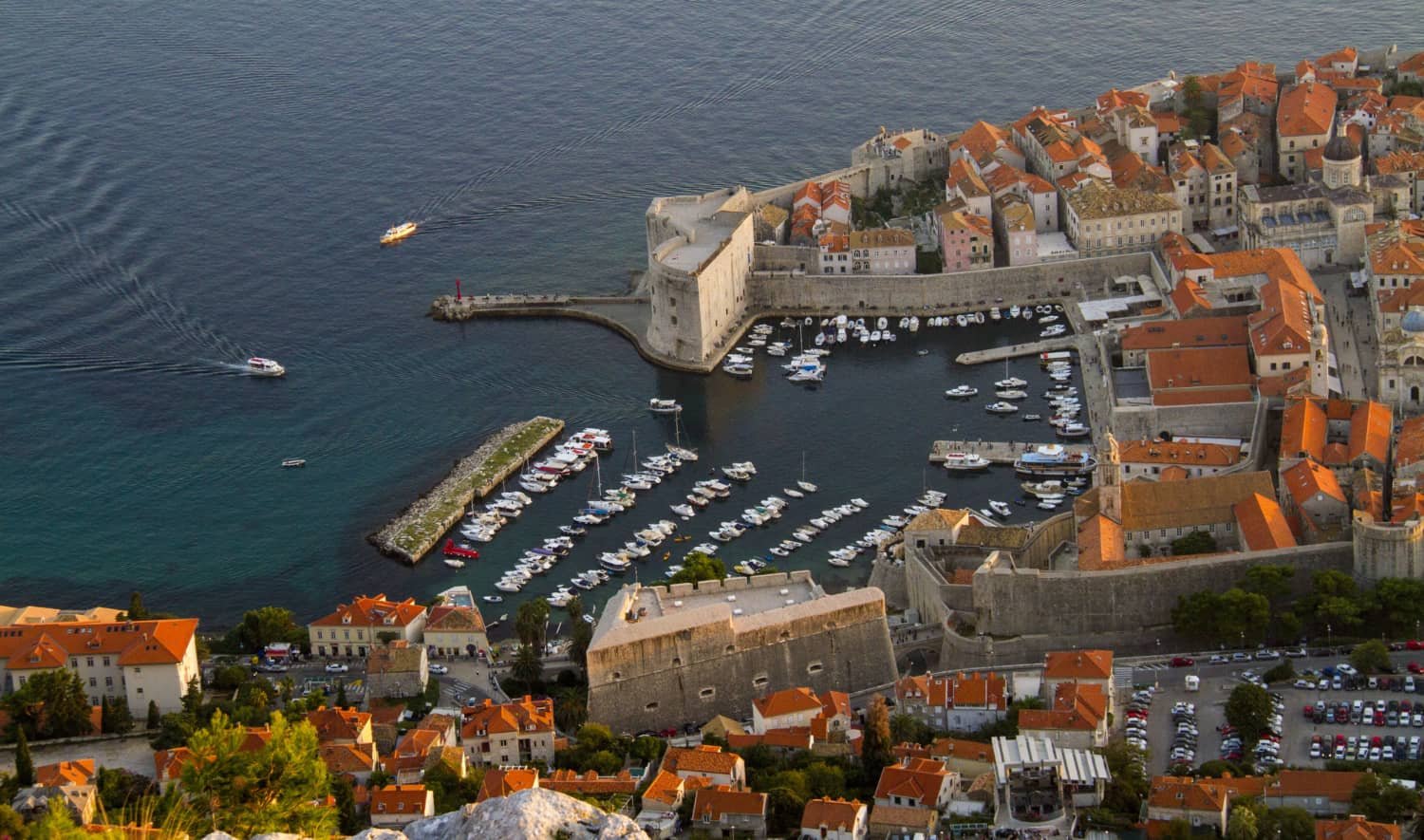In this article, we will explore some of the remarkable new UNESCO Heritage Sites in the Balkans, highlighting their historical importance, cultural significance, and the efforts made by local communities to safeguard these treasures.
If you want to see paradise on Earth, come to Dubrovnik.
George Bernard Shaw
The Balkans, known for its rich history and cultural diversity, have recently added several new sites to the prestigious list of UNESCO World Heritage Sites. These newly designated sites showcase the exceptional natural and cultural heritage that this region has to offer.
From ancient archaeological wonders and stunning landscapes to architectural gems and traditional practices, these additions are a testament to the Balkans’ significance in global history and its commitment to preserving its unique heritage for future generations.
New UNESCO Heritage Sites in the Balkans
The Balkans, known for its rich history and diverse culture, is home to 49 UNESCO World Heritage Sites. UNESCO has recognized these sites for their outstanding universal value and significance to humanity. The Balkans offer cultural and historical landmarks, from ancient archaeological sites to stunning natural landscapes.
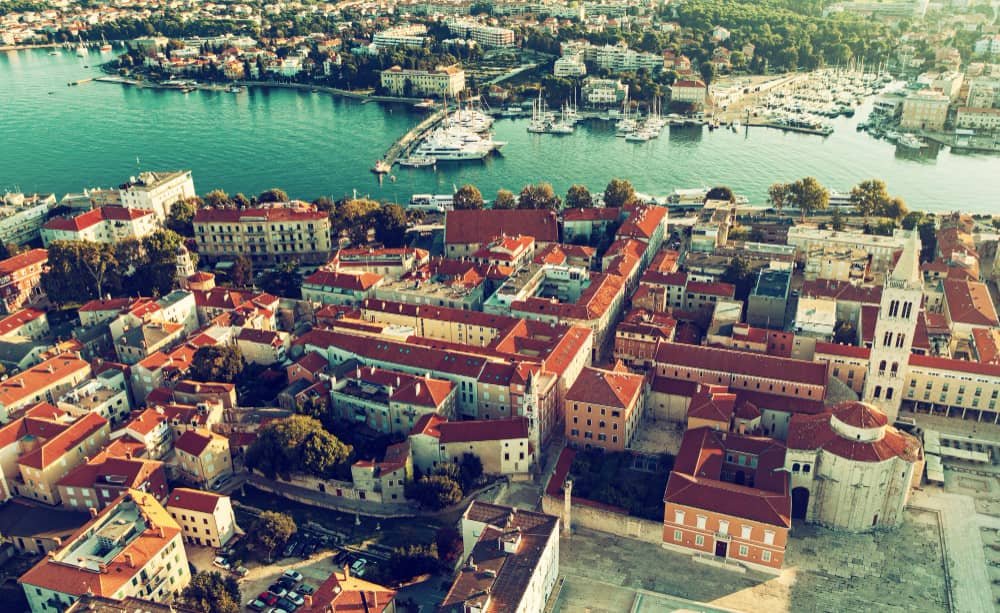
Historic Defensive Walls of Zadar
One of the notable new UNESCO heritage sites in the Balkans is the historic defensive wall of Zadar. These walls, dating back to Roman times, have significantly protected the city throughout its history. The defensive system consists of intricate fortifications and gates that encircle the old town, creating a picturesque and well-preserved architectural ensemble.
The construction of these defensive walls began during Roman rule in the 1st century BC and continued throughout different periods, such as Byzantine, Venetian, and Austrian rule. The walls extend about two kilometers and comprise stone, brick, and marble materials. They feature numerous bastions, towers, and gates added over time to enhance their defense capabilities.
These historic defensive walls not only served as a means of protection but also provided a visual representation of power and status for Zadar. Today, they witness the city’s rich past and serve as a reminder of its strategic importance throughout centuries. Visitors can stroll along the top of these fortified walls while enjoying panoramic views of Zadar’s charming streets and buildings within its protective embrace.
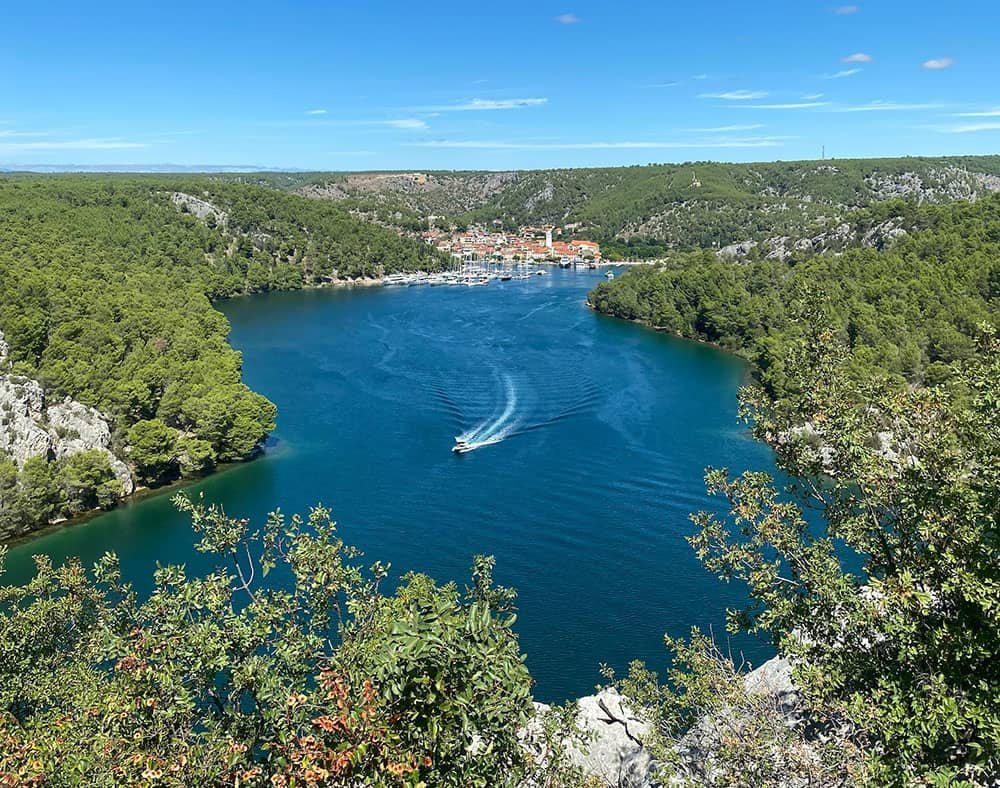
St. Nicholas Fortress in Šibenik
Next on our list of the new UNESCO World Heritage Sites in the Balkans is the St. Nicholas Fortress in Sibenik, Croatia. Built in the 16th century as a defense system against Ottoman invasions, this fortress stands as a testament to its time’s architectural and strategic brilliance. Located at the entrance of St. Anthony’s Channel, it served as an essential maritime defensive structure for centuries.
The St. Nicholas Fortress is renowned for its unique design, characterized by triangular bastions connected by high walls and a central tower. This layout allowed for effective defense against enemy attacks from both land and sea. Today, visitors can marvel at this remarkable structure that has withstood countless battles and retains its original features.
Apart from its historical significance, the fortress offers breathtaking views of the surrounding landscape and crystal-clear waters. Its location near several other historic sites, such as the Cathedral of St. James and Krka National Park, makes it an ideal destination for history enthusiasts and nature lovers to explore Croatia’s rich cultural heritage.
Being recognized as a UNESCO World Heritage Site showcases the global importance of St. Nicholas Fortress in preserving history and promoting tourism in Sibenik, Croatia.
In addition to the two recently added UNESCO World Heritage sites, Croatia proudly showcases 7 additional UNESCO sites that offer a captivating journey through the rich history of this remarkable nation. Uncover the wonders of Diocletian’s Palace in Split or marvel at the magnificent Cathedral of St. James in Šibenik. Explore the enchanting Old Town of Dubrovnik, often hailed as the Adriatic’s Pearl, or wander through the historic district of Trogir, where the Trogir Cathedral stands as a must-visit attraction, representing the pinnacle of Romanesque and Gothic art in Croatia.
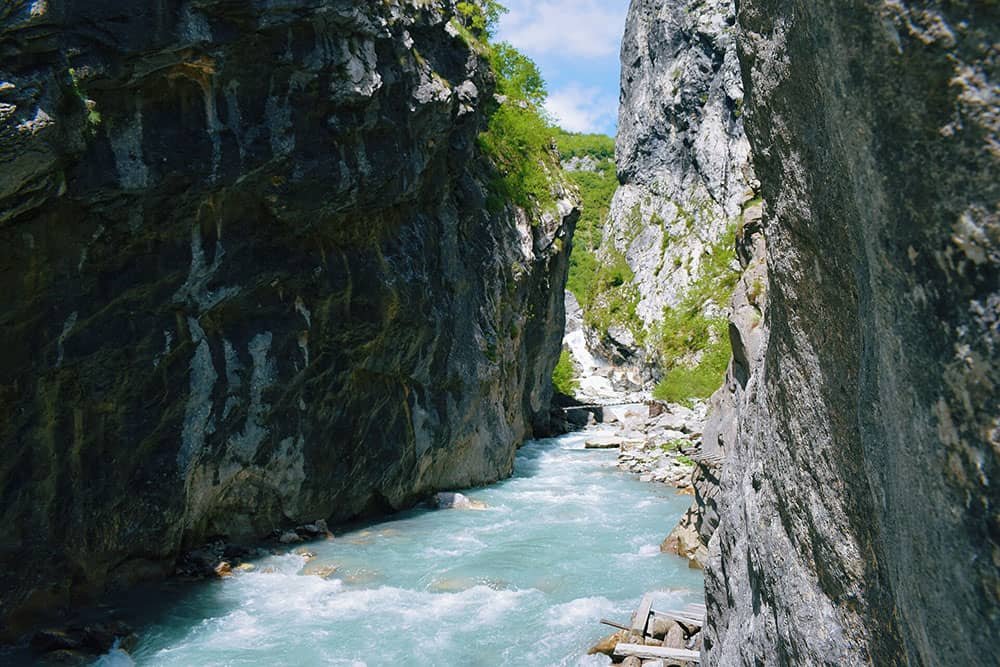
Albania’s Gashi River
In recent years, several new UNESCO Heritage Sites have been added to the list in the Balkans, further enhancing the region’s appeal for travelers and history enthusiasts. One such site is the Albania’s Gashi River. Flowing through a pristine valley dotted with rugged mountains and lush greenery, this hidden gem offers a unique blend of natural beauty and cultural heritage. Including Gashi River as a UNESCO site recognizes its ecological significance and highlights its historical and archaeological importance.
Stretching over 65 kilometers from its source near Peja in Kosovo to where it merges with Drini i Bardhë in Albania, the Gashi River has long been celebrated for its breathtaking scenery.
Initially flowing in a northerly and northwesterly direction, the streams come together with the Dob rdol pasture in the northwest before exiting the basin towards the west. After a few kilometers, the river alters its path and heads southward, deviating from its previous course. It goes past the Maja e Shk lzenit, which stands at an elevation of 2,405 m (7,890 ft), on its western side. The river traverses a narrow gorge and valley further south until it reaches the Tropoja basin, eventually joining the Valbon River downstream.
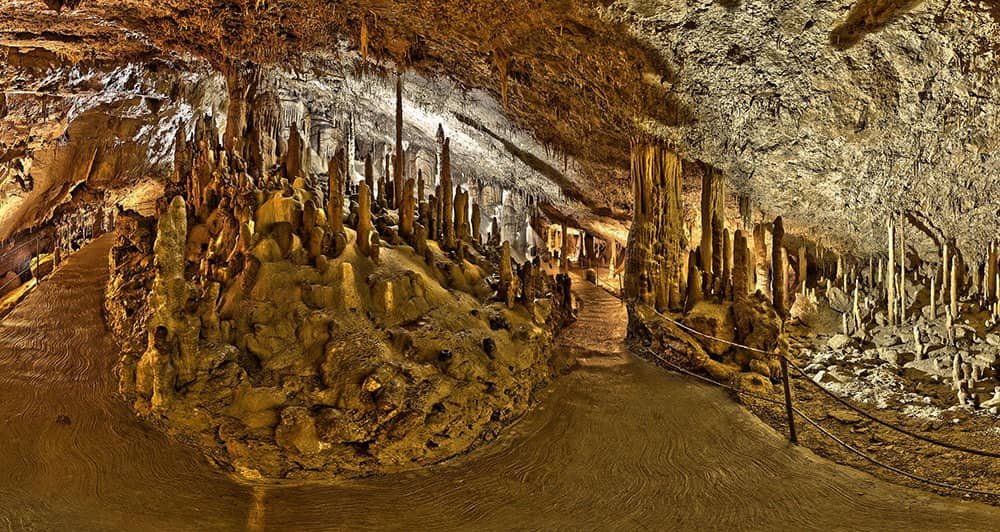
Škocjan Caves
The Kocjan Caves, situated in the southwestern region of Slovenia, are a hidden treasure that has gained recognition on the new UNESCO Heritage Sites in the Balkans. This small country, nestled in the heart of Europe, is renowned for its captivating landscapes and vibrant cultural heritage.
The significance of the karst topography in the cave system of Kocjan Caves and its surroundings, which includes one of the world’s largest underground river canyons, cannot be overstated. These remarkable natural wonders are located in the Karst Plateau and are necessary for Earth sciences. Moreover, these sites have been acknowledged as UNESCO World Heritage sites in Slovenia.
At the End
In conclusion, adding these new UNESCO Heritage Sites in the Balkans is a significant achievement for the region. It not only highlights the rich cultural and natural diversity that can be found in this part of Europe but also reinforces the importance of preserving and promoting these treasures for future generations. These sites will undoubtedly attract more tourists, boost local economies, and foster a greater understanding and appreciation of the Balkans’ history and beauty.
As travelers, it is our responsibility to visit these sites, support local initiatives aimed at their conservation, and spread the word about their significance. Let us embrace these newly designated UNESCO Heritage Sites in the Balkans as an invitation to explore, learn, and celebrate this region’s remarkable heritage.


